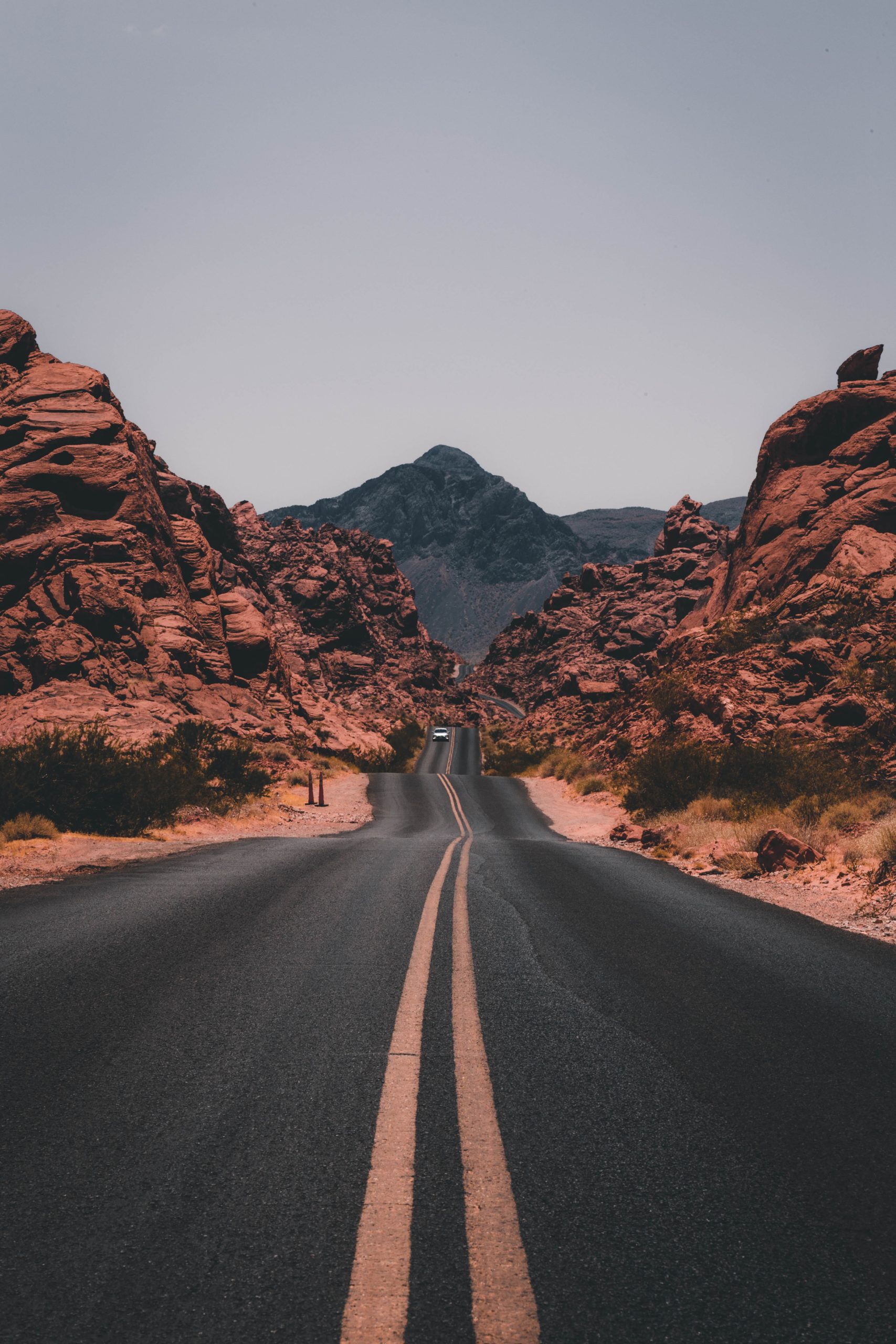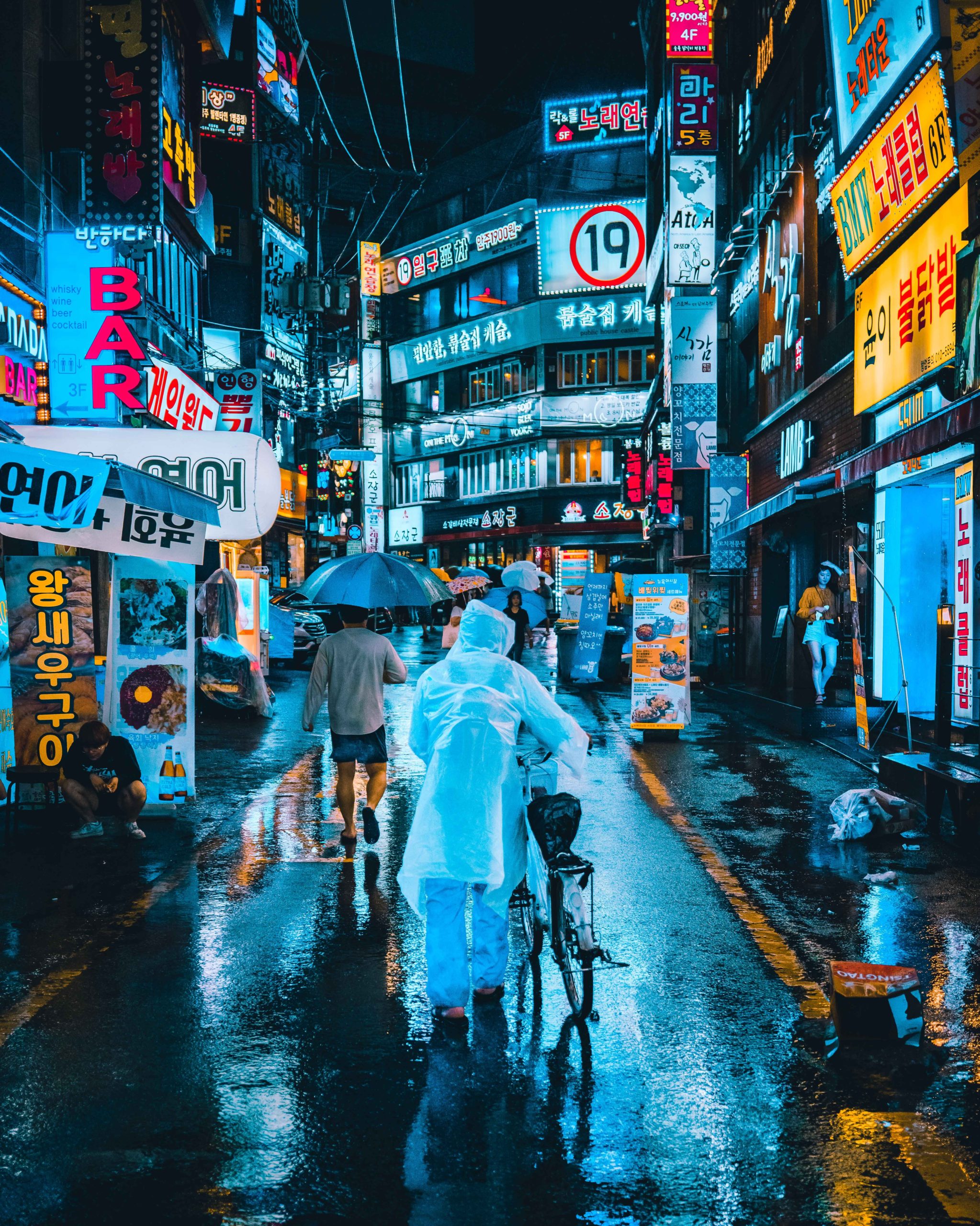During the summer of 2012, Amy Wang, an American working in London took a breather from her job to pursue economic development work in the Amazon jungle, as part of her company’s Emerging Enterprise Program. The program lasted 8 weeks, and was a corporate collaboration with TechnoServe and USAID. The mission of TechnoServe is to support poor farmers in the San Martin region of Peru in developing legitimate agricultural industries in coffee and cocoa. The intervention represents a viable economic alternative to the production of cocoa. For the project, Amy was based out of a commercial hub (an hour’s plane ride north of Lima) in a town called Tarapoto to build an accessible finance platform for cocoa farmers and entrepreneurs.
“Bienvenidos a la Selva (Welcome to the Jungle),” greeted Tito Jaime, our Tarapoto office director for TechnoServe, as he shook our hands on our first day.
“Bienvenidos al palacio de calor (Welcome to the palace of heat)!” laughed one of the security guards as he warmly pointed towards the entrance.
It was only morning, but I was wiping the sweat from my brow after the moto-taxi ride from our hotel to the office. Imagine a motorcycle with a 3-seater cart attached to the back, but forget about the vehicle standards we take for granted such as doors, airbags, and seatbelts. The combination of sporadic unpaved and uneven roads alongside aggressive drivers who whizz through stop signs justifies the 2 Nuevos Soles we paid.
Our first few days in the Tarapoto office coincided with a very important visit from the Chief Operating Officer of TechnoServe, Tim McLellan, who shared the company’s newly-revised vision and mission statements with the team. Cocoa production in Peru was a major focus for TechnoServe in 2012, and the Tarapoto and neighboring Juanjui offices were holding an all-day training session on timeline creation and long-term planning. At the time, TechnoServe was in the process of rebranding itself to reflect its growing range of businesses and countries impacted.
My project was a continuation of the previous EEP volunteer consultant’s work. She identified and collated all the funding sources that the cocoa co-operatives and small and medium enterprises (SMEs) could utilize. However, many SMEs and family-run businesses were adverse to debt and had very little understanding of the terms and costs associated with borrowing. At the same time, the borrowing costs were staggeringly high, and a part of my project included sourcing more affordable financing options for TechnoServe’s co-operatives and entrepreneurs. Interest rates on consumer loans averaged 36%, while loans to the smallest companies carried an average 23% per year. I guess it takes money to make money!
What attracted me to the Amazon jungle was the opportunity to work with entrepreneurs in the developing world to build competitive farms, businesses, and economies. Tarapoto is the largest city in the San Martin region, and growing before our eyes. From our windows, I could see tunnels of gray smoke rise from the edges of the forest where farmers cleared land for crops. There are 5 universities in Tarapoto and plenty of jobs for newly-minted horticulture or engineering students. In fact, young and ambitious students from the coastal regions are moving inland to the Amazon basin to catch the burgeoning farming wave.
During our first weekend, we headed two hours south of Tarapoto to a city called Juanjui to reunite with our TechnoServe counterparts and conduct fieldwork. Before heading off, our driver stopped by a small cluster of farms on the outskirts of Tarapoto to pick up 20 sacks of fertilizer. The sacks were so full and heavy that it took two men to throw each one onto the back of the truck. In fact, the fertilizer was 100% organic and the byproduct of thousands of larvae who feed on cow dung. Each sack cost 40 Nuevos Soles, and can fertilize 1 hectare, enabling farmers to generate a greater number of high-quality cocoa pods. For the remainder of the road trip, I tried to erase the image of swarming piles of larvae swimming in sacks of dung behind my seat.
Once we arrived in Juanjui, we met the TechnoServe staff early in the morning for a painfully bumpy 45-minute ride to a small pueblo (village) called Balsayacu where the staff conducted a best practices training session for a small group of cocoa farmers. “Yacu” means water in the Quechua Indian language, but ironically there was no running water in the pueblo, except for a well-like faucet in the center of town. It was the year 2012, and people still lived in houses made of mud and tree shoots, with roofs of long tendrils of dried grass piled high above dirt floors. Pigs, chickens, dogs, and cats roamed freely about town in search of food scraps. Children ran barefoot and played hide-and-go-seek with pieces of wood shaped like guns and rifles. Balsayacu used to be the largest cocaine producer in the San Martin region, and the same road that we drove on is unfortunately still in use during the night when deliveries are made further and further up the country until it reaches Colombia, El Salvador, Mexico, and finally the United States. In the daytime, volunteer police members keep vigil alongside the road, but disappear as soon as night falls. Outdated rifles are no match for the AK-47s the cocaine delivery trucks carry with them. During the drug heyday, the villagers were forced into coca production and killed off in droves or tortured if they refused. For years, these same cocoa farmers that we spoke to that day destroyed acres of the Amazon jungle for coca production. Now, we are training them on the optimal fertilizer mix with larvae waste and borax to help them deliver healthier crops and ensure a safer livelihood for their families.
The rest of the afternoon was spent out on a cocoa field where all the farmers drew circles around the trees with their feet before sprinkling fistfuls of fertilizer from 2-liter plastic bottles to measure proportions. After the wheelbarrow-full of fertilizer was used and the circles were re-covered with dried leaves, the TechnoServe staff showed the farmers how to trim and prune the trees so that most of the cocoa pods grow closer to the ground to optimize the quality and quantity of cocoa pods. The TechnoServe staff also discussed financing options and the requirements: a history of timely payments, investment in PPE, and utility bills, while also explaining that loans were not meant to be spent on DirectTV or 50-inch plasma screens. Incidentally, most electronics stores I saw in Peru also housed a bank somewhere towards the back of the room. It’s difficult to see the bank counter when there are massive plasma screens crowding the store front, but rest assured, financing is available for those that want to see Johnny Depp in high-definition.
Early Sunday morning, we took another painfully bumpy ride to a cooperative meeting to discuss the current cocoa market and opportunities in cocoa tourism. The cooperative was called Apahui, and situated on the border of one of the largest national parks in the San Martin region. Our first impression of the cooperative was that it was well-organized and had a strong emphasis on eco-preservation. Large posters of “how to” plant a combination of cocoa trees and fruit trees on various terrains covered one wall. On another wall, an exhaustive list of “Q & A” on best practices sat next to photos of farmers engaged in a training session out on a field. The back of the building housed both a fermenting dock and mixing ladder. When I rested my hand on one of the fermenting crates on the dock, I could feel the warmth and smell the vinegar-like scent of the fermentation process. Not the ideal scent to bask in during a 6-hour cooperative meeting in the middle of the Amazon forest, but it comes with the territory.
Before we headed back in Tarapoto, the TechnoServe staff members and I sought refuge from the heat at one of the farmer’s houses. One of the farmers saw me stare at the cluster of bright yellow coconuts nestled on top of a tree, and asked me if I would like one. My facial expression said it all, and I watched him climb up a ladder with a machete knife in hand. His head disappeared into the bundle of coconuts, and all I could hear was the hacking noise of the knife. Within minutes, I heard a loud thud and a family of coconuts ceremoniously fell to the ground as if to declare, “I have arrived!” Everyone got up from their seats as the women clamored around the open-air kitchen to open up the coconuts with smaller machete knives. I watched in awe as a 10-year old girl hacked open one with a knife and poured the coconut juice into her small mouth. Once finished with the juice, I attempted to open up the coconut myself to scoop up the white meat inside. While enjoying the fresh coconut and water with my new friends, I kept thinking to myself, ‘I will never be able to buy coconut water in the United States with the same enthusiasm again!’
Amy’s love for travel, food, and social enterprise are jetting her off to Tanzania in May. To keep up with all her adventures, follow her personal blog at https://amyadventurous.wordpress.com/.









